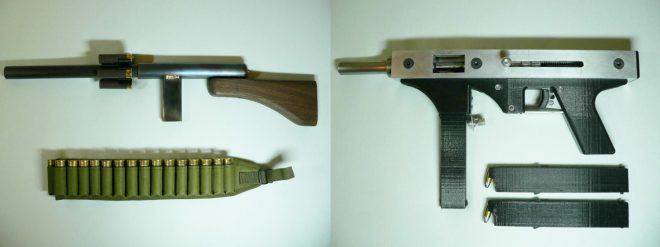Several improvised / homemade weapons were employed in an attempted mass shooting attack on a synagogue in Halle, Germany on Wednesday during Yom Kippur. The whole event was live-streamed via a GoPro to the video game streaming website Twitch. Luckily the attacker’s inability to breech a door prevented him from entering into the building where 70 to 80 worshipers gathered inside. A passer-by was shot and killed after which the shooter entered a nearby kebab shop where another victim was shot dead. After being injured during an exchange of gunfire with police the shooter was apprehended and is currently in custody.
The weapon used most during the attack was an improvised pipe shotgun known as a ‘slam-bang’ or ‘slam-fire’ shotgun. This is probably the easiest type of improvised firearm a person can make and simply consists of two lengths of steel tube with a fixed firing pin either welded into a block at the rear of the large diameter pipe or tapped into an screw-on end cap. The weapon is fired by inserting a shell into the barrel tube which when inserted into the larger diameter outer tube is pulled to the rear to fire, forcing the shell against a protrusion fixed into a plug or screw on end cap. The weapon first came to prominence during the Japanese occupation of the Philippines during WW2. Guerilla fighters would salvage water pipe to make them for use against Japanese soldiers, who after being ambushed could have whatever weapons they were carrying taken. Throughout the attack this weapon functioned reliably with no failures, owing to its sheer simplicity and lack of moving parts aside from the barrel.
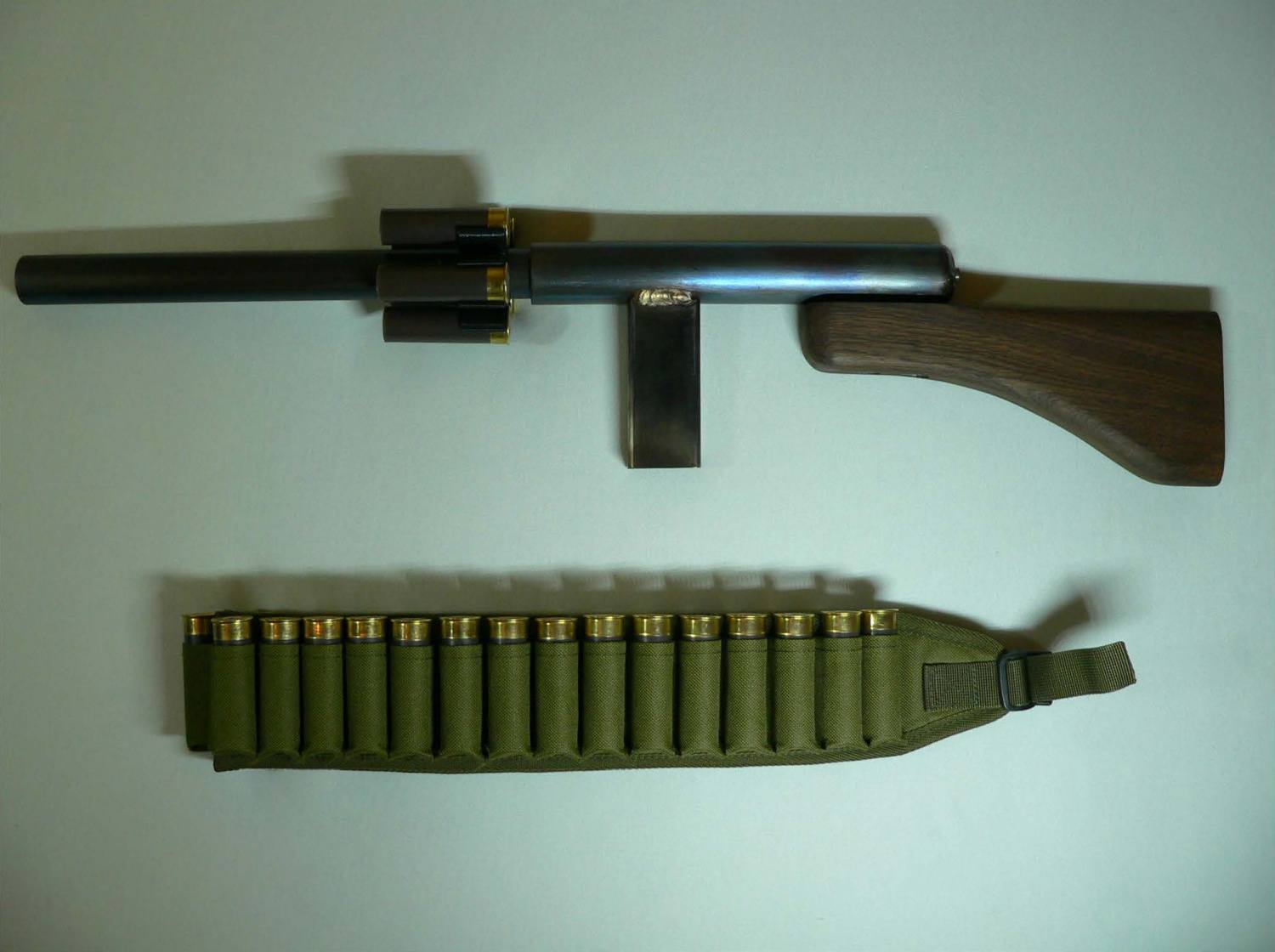
An improvised slam-fire 12 gauge shotgun fitted with a 3D printed shell holder capable of holding 5 shells. Each shell was loaded with 5 grams of homemade black powder.
The weapon the shooter first attempted to enter the synagogue with was a homemade 9mm submachine gun, the design of which was published in the book Expedient Homemade Firearms by British author and gun rights activist P.A Luty in 1998. During the shooting, a series of failures to feed caused the shooter to abandon this weapon in favor of the shotgun, This was likely due to the shooter having utilized improvised gun powder made from potassium chlorate and sugar which unlike clean burning powder in conventional rounds is liable to quickly gum up and foul the chamber.
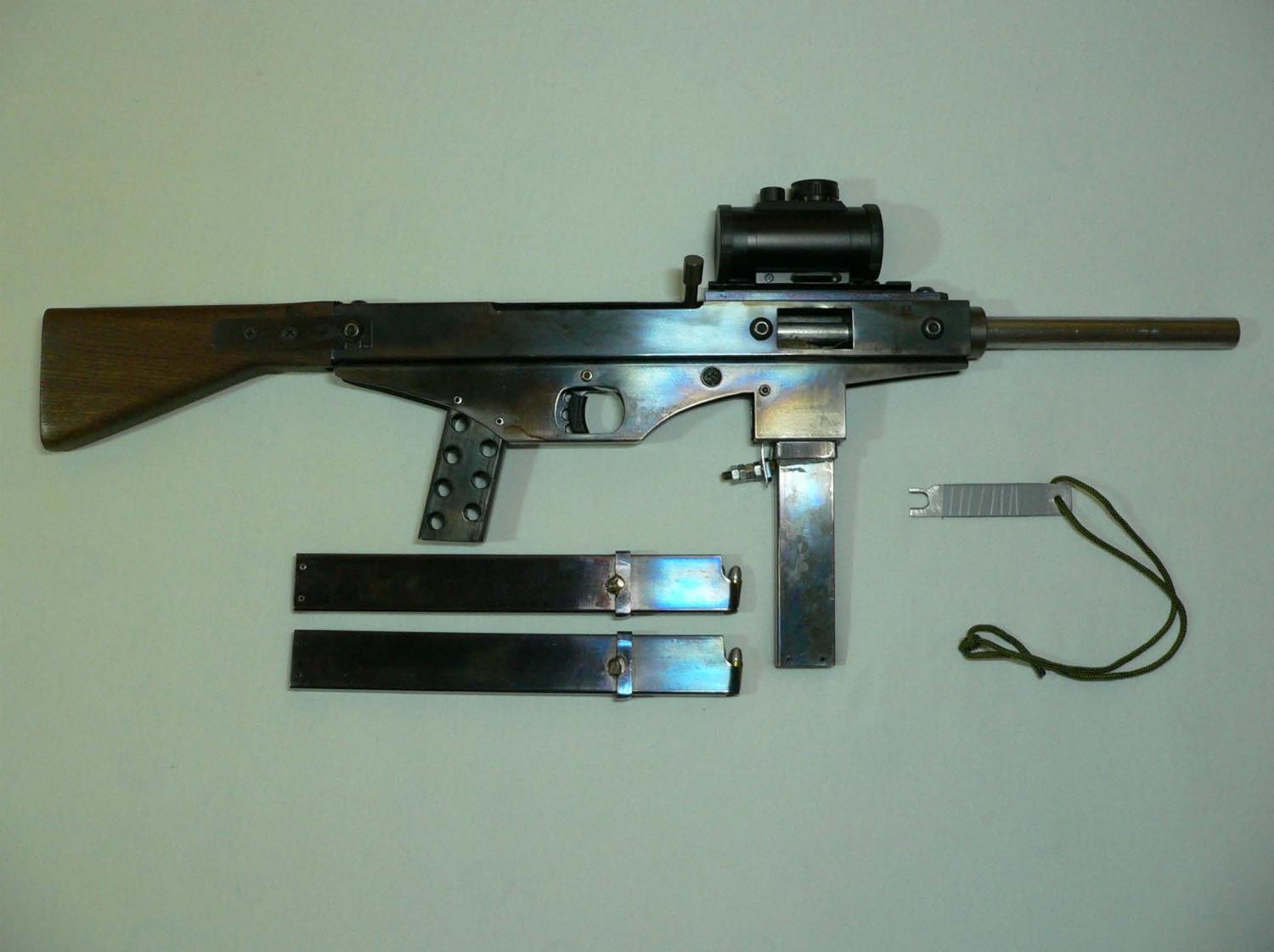
The 9mm homemade submachine gun modified with the addition of a wooden stock and sighting device. The tool pictured to the right was intended to allow for extraction of stuck cases in place of an extractor.

A more compact version was kept in the shooter’s vehicle ‘for use while driving and as a 2nd back up’ and features a lower receiver as well as several magazines made using a 3D printer.

A smaller more compact version of the first shotgun, being constructed from 28mm x 2.5mm and 35mm x 3mm seamless steel tubing.
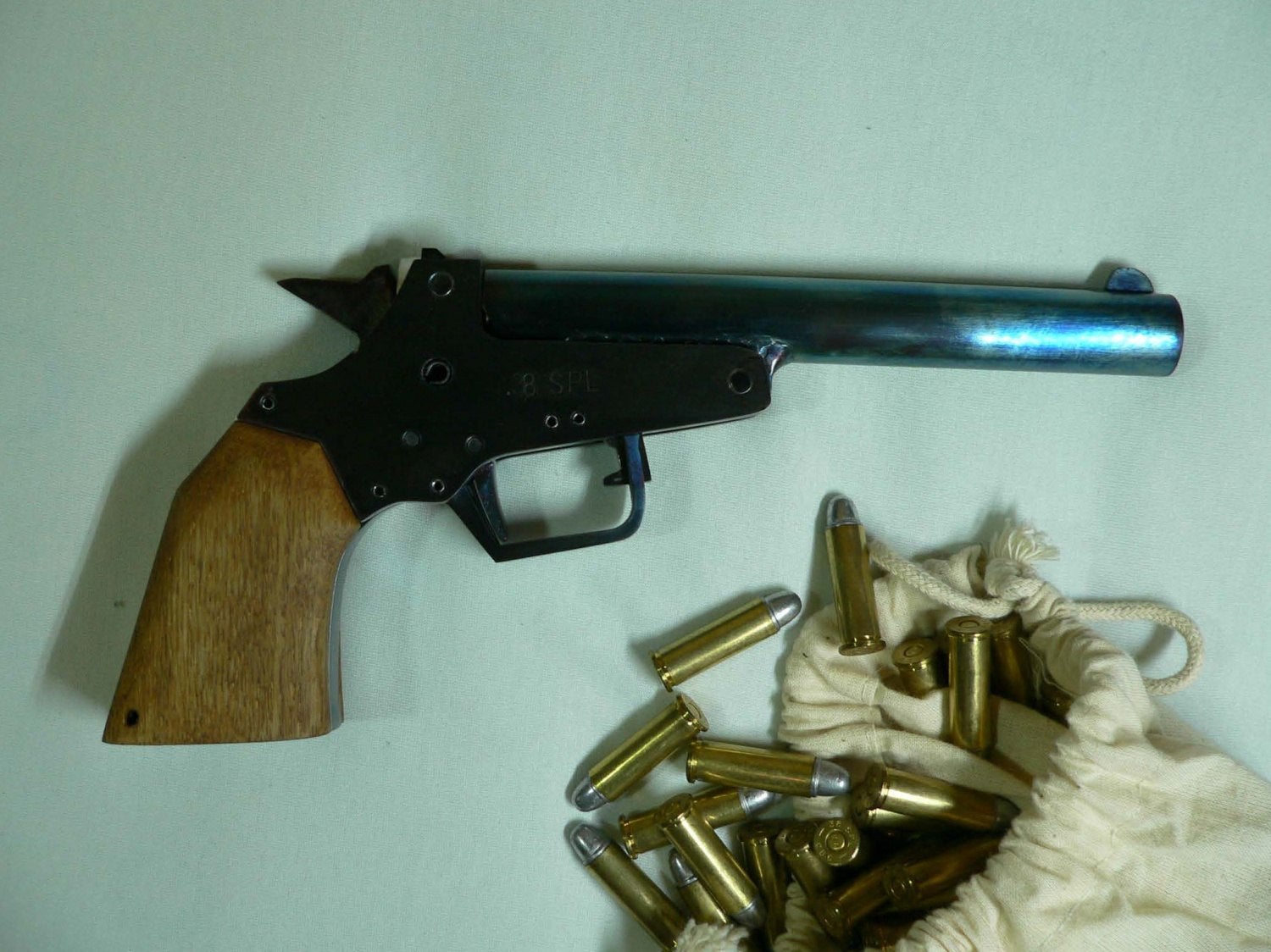
A .38 caliber single-shot break barrel pistol adapted from the .22 ‘Western’ design of which was first published in 1972 as part of the Jaco series of homemade firearm blueprints. The ammunition used in this design was loaded with match heads finely ground into an improvised gun powder.
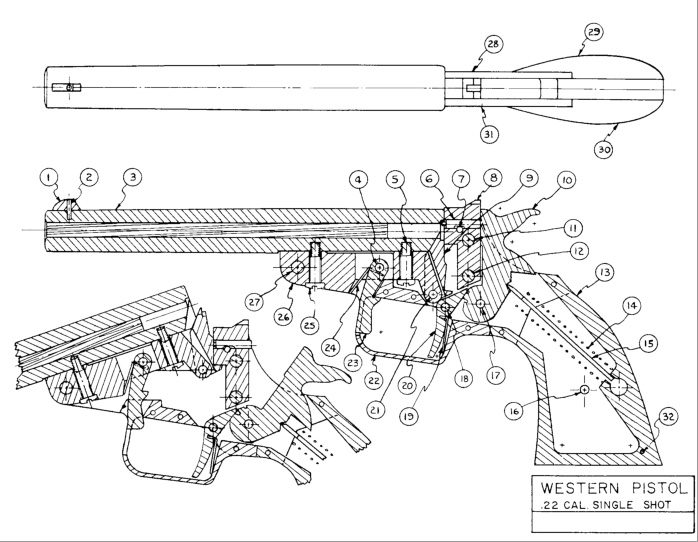
A mixture of poor performing ammunition coupled with general incompetence of the shooter likely prevented further deaths in this case. Had the attacker armed himself with the sword he also had instead the outcome may have been the same or perhaps even worse.
 Your Privacy Choices
Your Privacy Choices
